Command & Colours: Ancients // Command To Conquer – Part Two
June 14, 2018 by crew
The Great Man Theory of History puts forth the idea that history is largely driven by the deeds of powerful people. Now, even if one was to disagree with this perception of history, I would think that some person would still understand why the idea is as convincing as it is for so many people and nowhere in history is the Great Man Theory more pronounced than in the realm of the Military where the hierarchy of power has not seen as much democratization as other human institutions, such as in government.
Welcome to the second part of this article series looking at Command & Colours: Ancients and the role it plays in being a superb way of showing off how ancient battles can be played out on the tabletop.
Check Out Part One Here
Thus when it comes to a battle a general can be more important than the number of men and even at times their quality.
You will see this in battles like that where Oda Nobunaga led between 2000 and 3000 men against Imagawa Yoshimoto’s 25,000 and won by correctly ascertaining that the Imagawa would not be expecting an attack and that if he struck in certain places, he could focus on a small part of the spread out opposing force rather than allowing them to come together to attack him in force if he were to stay in his forts and castles.
It Starts With A Single Step
The important skills needed for a commander to be successful, such as being able to adapt and taking calculated risks is front and centre in Command & Colours: Ancients (C&C). Also, the game simulates the communication limitations of generals in the era.
For example, there are cards that only apply to leaders which allows them to move units connected to them and a certain number of adjacent linked hexes in the deck. This is simulating how a leader in an ancient battlefield would only have the ability to quickly order the troops in his local vicinity. Now that being said, if one is able to set the army up properly, this benefit of being able to move multiple units in the same turn is significant in C&C, as usually, you are only moving one to three units per card. Leader cards always allow more than that amount if the conditions of the card are followed.
Also, having a leader around even in non-optimal conditions is a benefit, as then when one draws leader cards, they don’t become redundant. Thus, you are able to more efficiently utilise more cards in the deck. In a historical sense, it is akin to simulating that if you have an army, even if led by a mediocre commander, his presence would still be more of a boon than if there was no commander as he allows for the chain of command to function as intended.
On Me, Fight With Me!
Other than Movement, a leader also benefits the troops directly around him (adjacent hexes in a game) by increasing their fighting ability. In a game, this translates to allowing all rolls that show a leader symbol to count as hits in close combat, thus increasing the to-hit odds by about sixteen percent.
On top of that, a leader also allows a unit that he is attached to, to discount one flag rolled against it. Thus making the unit harder to route in battle or when attacked by those using ranged combat.
Strangely, I think this downplays historically the huge combat benefit of having a leader within contact distance. This is because usually the bodyguard of any general is made up of the best troops in the army and on top of that, they are usually well armed. Join this together with the fact that the people all around the commander are trying to impress him as it could mean a life-changing promotion and suddenly you have some effective fighting spirit!
Thus, it is no surprise that there have been battles where the lone actions of a commander and his bodyguard have won the day. Alexander the Great and Julius Caesar comes to mind.
Chase Them To The Gates Of Hell!
The last benefit of a leader on a unit in the game is the often overlooked benefit of being able to follow up a successful close combat with another attack (Once per turn per unit). If the enemy hex is empty and then occupied by the attacking unit you are able to push forward. This is an ability usually only available to cavalry in the game.
I refer to this feeling very much like dealing directly with the CEO at work, someone who has the authority to break the rules. If you have a leader with you, you have someone who will take the blame if things go wrong. Thus, decisions can be made in an instant instead of second-guessed by middle management.
One instance of this is from during the American Civil War and the battle of Gettysburg where General Sickles decided to move his entire Corp without informing Headquarters up to the Peach Orchard that offered higher elevation.
Unfortunately, in this case, this led to negative results as his move left a gaping hole in the Union line which almost led to a Confederate breakthrough when the attack did come!
What this does show however is how you need to make sure that if you are going to take your commander on that legendary charge into the enemy position, you better have a backup plan!
A Needle In A Haystack
Another thing that I feel makes C&C historically accurate is how hard it is to kill a leader. Trying to get to one man who is protected by the best arms, armour and bodyguards is no easy task.
In many games, you would just have the leader be a normal unit that takes damage regularly but in C&C that is not so. Designer Richard Borg makes killing a leader a much harder task by having the need to roll two of the leader symbols on two dice. If the unit the leader is in is damaged, or if the leader is alone, then only one leader symbol on one dice is needed to kill him. The important factor being that no other bonuses symbols are applied...
This focuses your attention on the grander battle at hand, looking to see how you can win by controlling the movements of the enemy army, rather than just going for the glory and trying to kill the enemy commander.
In Conclusion...
In the first article, we looked at the armies and this time, leaders.
I think it is easy to see that Richard Borg is truly passionate about the history of his games and amazingly we are not done as next time we will be looking at the more unique units of C&C like elephants and chariots and why you will come to love or hate them as the ancient generals did!
By Akaisamurai
Make sure to also check out the review of Liberte by Martin Wallace too for more Historical tabletop game coverage!
6mm Command & Colours: Ancient Armies by beckerdo
Have you delved into Richard Borg's Command & Colours: Ancients?
"Thus when it comes to a battle a general can be more important than the number of men and even at times their quality..."
Supported by (Turn Off)
Supported by (Turn Off)
Supported by (Turn Off)









































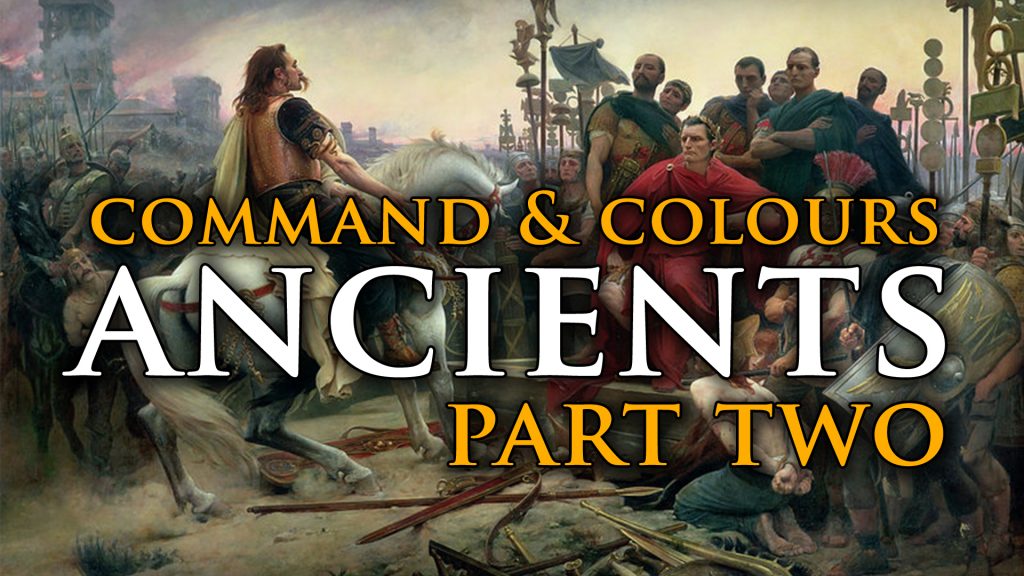
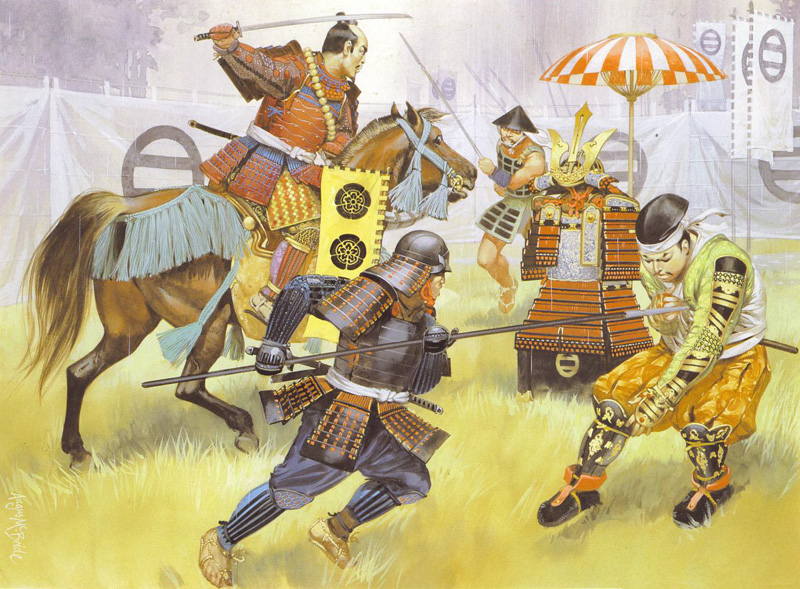
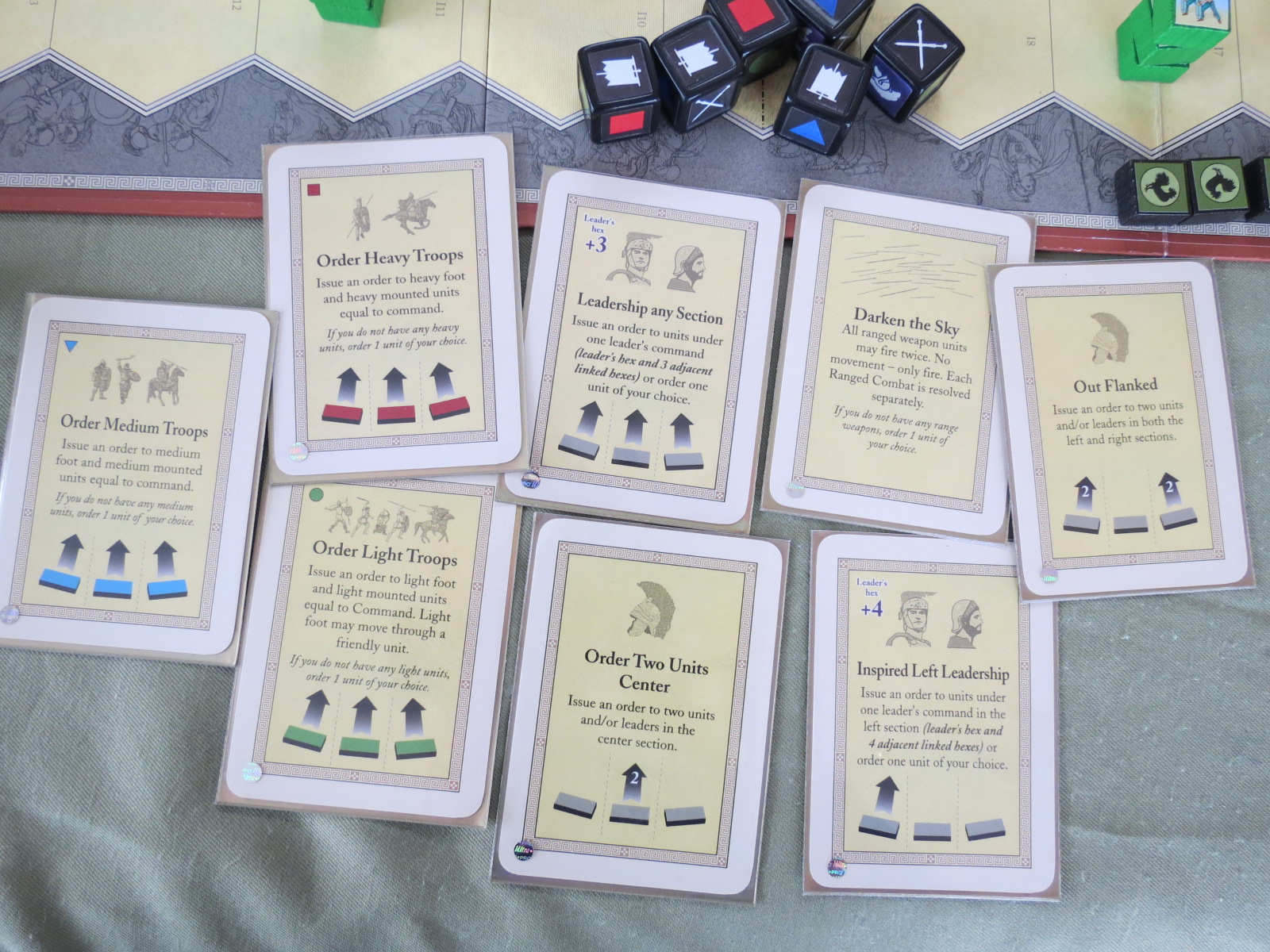

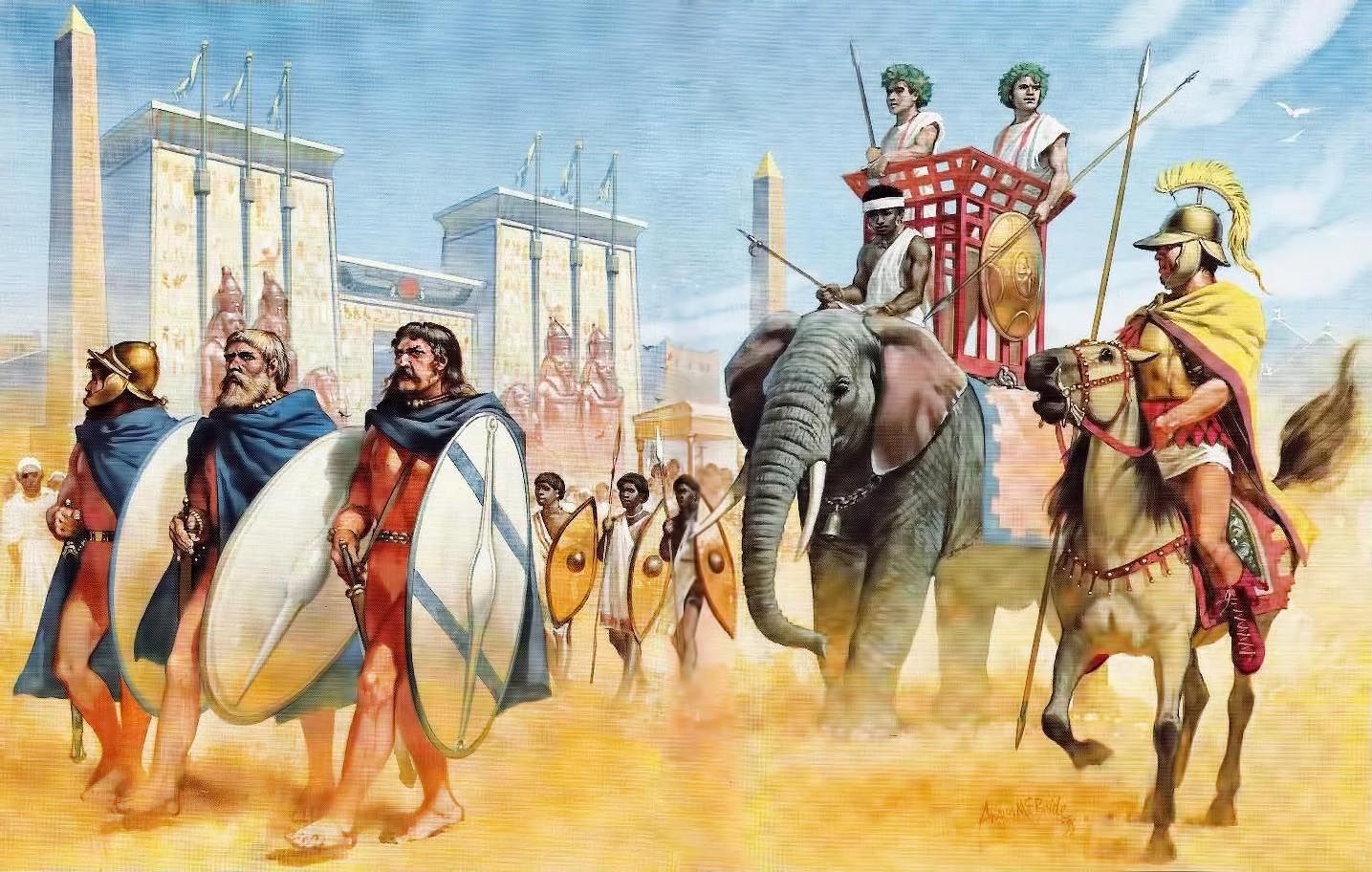
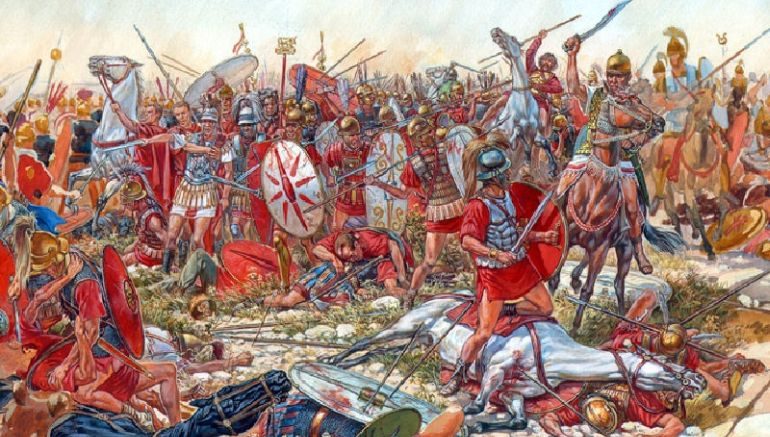
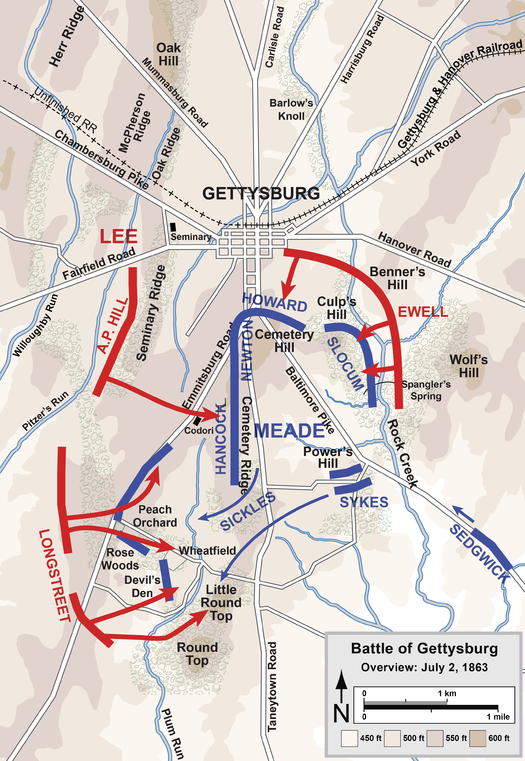
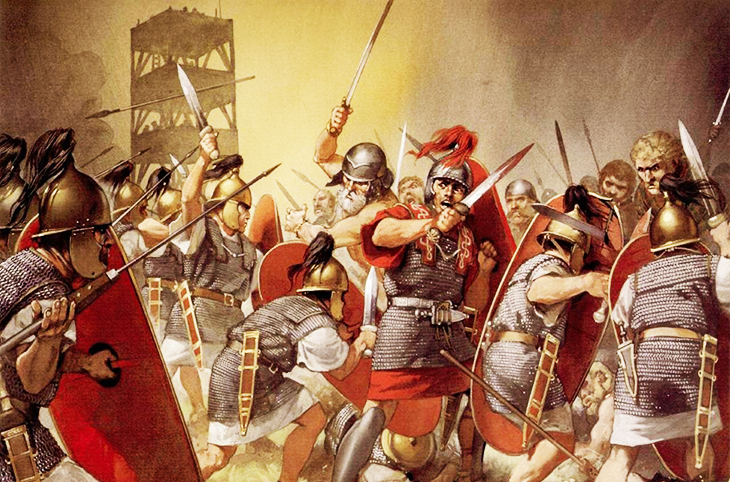
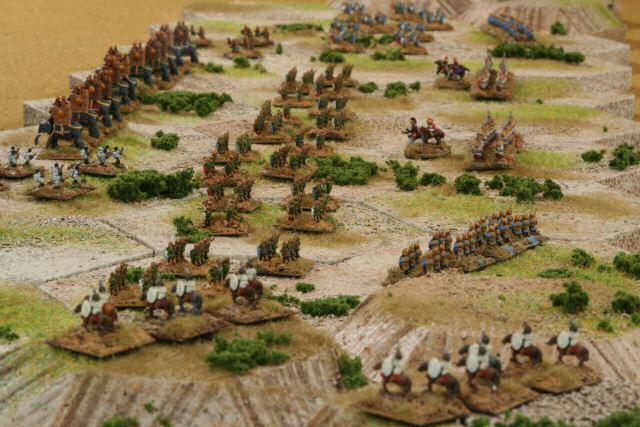



































Am the author of the piece, I made a boo boo in the article and just like to clarify that in the “Needle in a Haystack” section, the unit the leader is with has to be eliminated or the leader has to be alone. Then you only need to role one leader symbol on one dice. I don’t have access to edit the piece so just want to be accurate ha.
Cheers for the clarification there @akaisamurai! Will see about getting a moment to change it soon.
As for Command & Colours: Ancients. I am VERY tempted to start playing this and pick up a set to give it a go.
Ha, thanks @brennon again for the opportunity to write for the site. And yes it is a game to try if you have a regular 2 player buddy and there are systems for every era even as you mentioned on the weekender, like Red Alert, the new space version.
Its well worth getting the Core set (though the Greeks/Persians expansion is great too). Just like playing Rome:Total War on the tabletop.. i’d put aside at least and hour for doing ‘the stickering’ though!!
Ha yes, the stickering is a chore but once it is done, it does add much immersion to the game indeed.
Very much so! I have some friends that use CnC:An (and its ACW cousin ‘Battle Cry’) with fully flocked terrain and 15mm minis to great effect. You cant keep a good ruleset down!